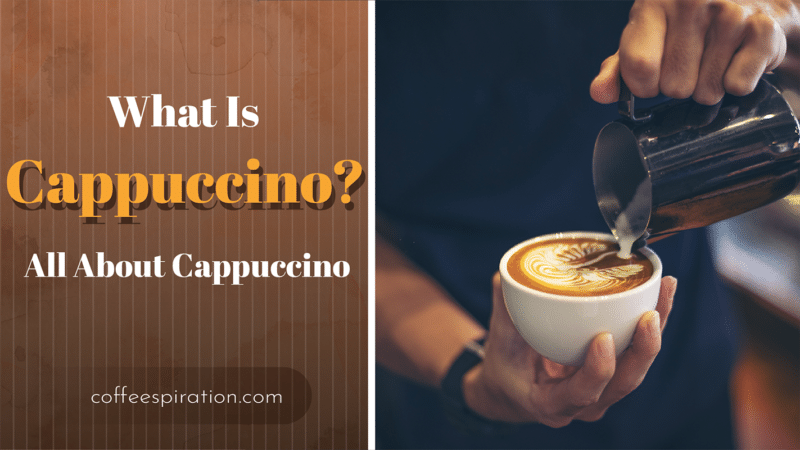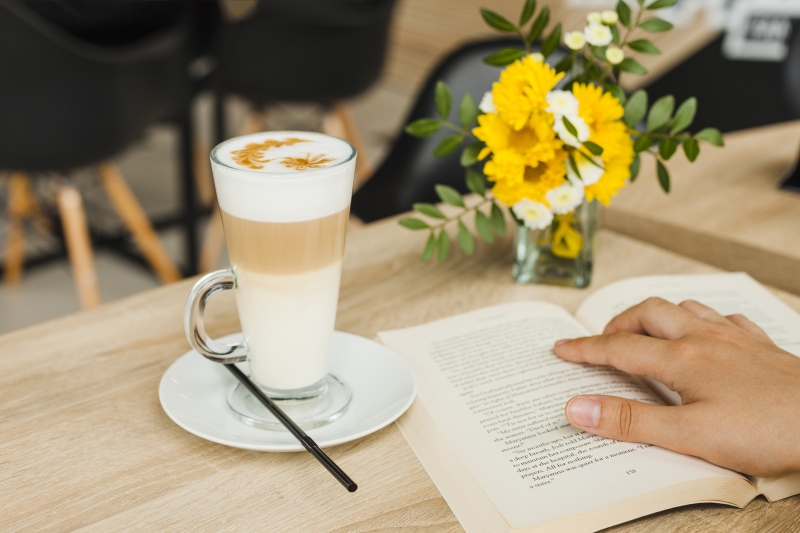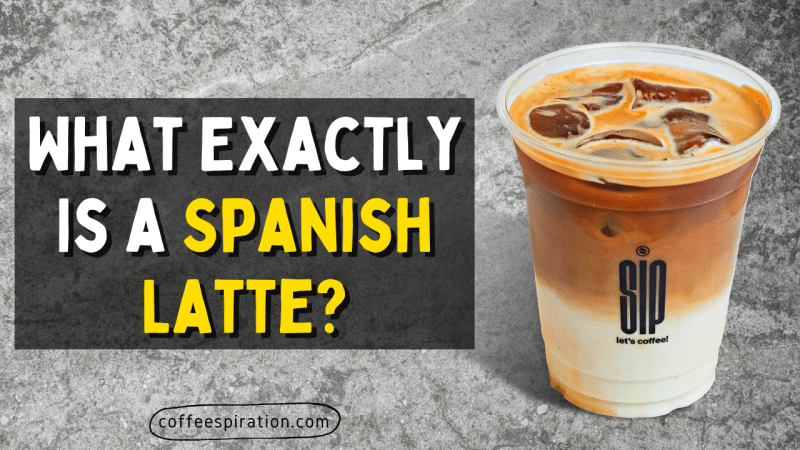Coffee has existed since ancient times and is dominating the beverage market today. In our modern world, many different types of coffee start becoming a reality. Many people are obligated to choose the coffee flavor that fits their taste the most. One of the flavors include Cappuccino. Along all the other flavors, Cappuccino is also one of the most popular coffee flavors. So what exactly is Cappuccino? Why is it popular and how is it made?
Contents
1. What is Cappuccino?
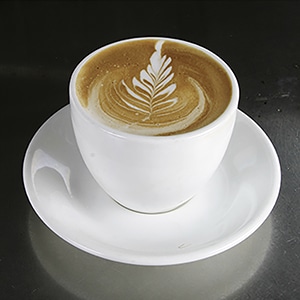
Cappuccino is simply coffee but is made with espresso and milk that has been sprayed with squeezed steam. Cappuccino milk can also be replaced with cream. Moreover, there are also other coffee flavors that have the same taste as Cappuccino. They are:
- Macchiato
- Cortado
- Flat White
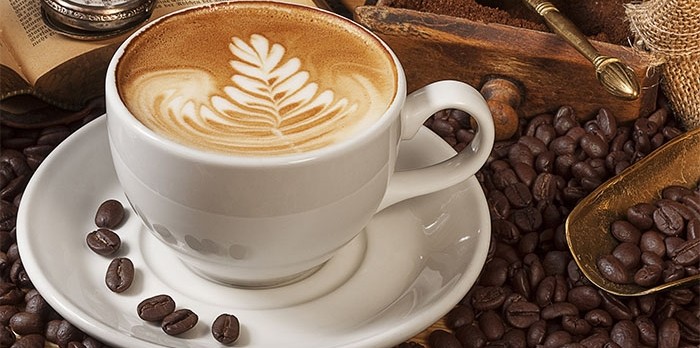
Apart from its glorious taste, Cappuccino also has hidden facts behind it. One of them is November 8th being National Cappuccino day and they are consumed once a day for breakfast in Italy.
2. History of Cappuccino and The Most Expensive Cappuccino
Before we go on, let’s go back in time and recap on what happened and how this coffee got its name. Cappuccino got its name from Latin Caputium but was modified later by German and Austrian into Kapuziner. The name means Hood. In other words, something that covers the head to which Cappuccino drinks are covered by steam milk or cream. Cappuccino existed since World War II and the first Cappuccino was created in the 1930s because of the resurrection of espresso machines. However, the drinks were limited and were only available in a few coffee shops due to the coffee machine being bulky and complicated.
Times passed and Cappuccino went through some adjustments and the modern day Cappuccino is born with steamed milk and cream included. They first became well known across the continental Europe and England. Where later, the drinks moved to Australia and continued on spreading until Cappuccino became one of the most trademark drinks today.
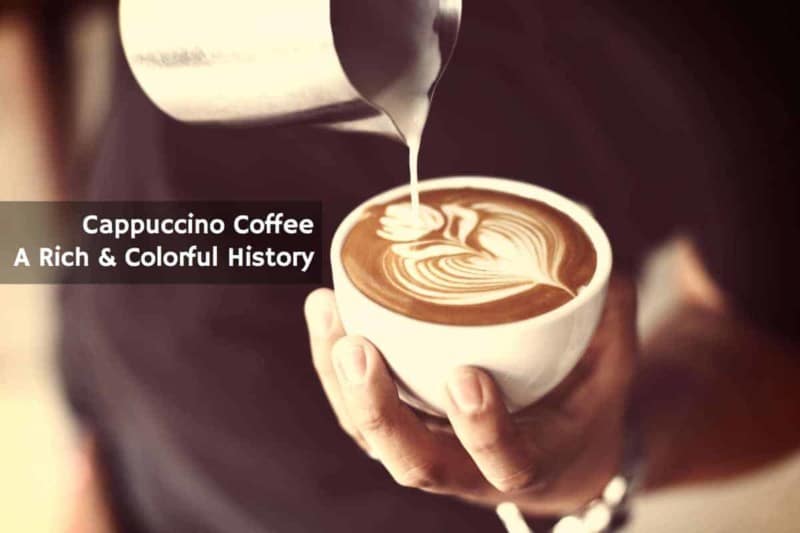
In terms of pricing, the Cappuccino price tag varies from different countries. According to a source written by a journalist named Alexa West, Hong Kong and Dubai ranked 1st in selling the most expensive Cappuccino for 4.35$ per drink while France is not too far behind from Hong kong and Dubai where their Cappuccino are being sold for 4.21$. On the other hand, Turkey specifically Istanbul sold the cheapest Cappuccino among the other countries. A price tag of 1.75$ can be found in Istanbul.
3. How to Make Easy Homemade Cappuccino
Apart from the market price, Cappuccino can still be made from home with 3 easy steps to follow. The first one is to prepare the coffee. Basically brewing the coffee and getting ready to pour the steamed milk in. Sweetness levels depend on your preferences. Because of that, a measuring cup is highly needed to ensure you have the right amount for your coffee. Steamed milk can be obtained through heating it in a microwave. After that, pour the milk in and stir it. Once you do that, you are all settled. Aside from the steps, you still need necessary equipment to make a good Cappuccino drink. Equipment such as espresso or dark roast coffee beans, a grinder, water, a thermometer that could heat your water for 200 degrees Fahrenheit, and a kitchen scale or measuring utensils.
If you are from a country where coffee machines are hard to acquire, you can always buy an espresso coffee powder. For example, in Cambodia, there are many small shops that sell coffee powder. To make a Cappuccino coffee, you don’t necessarily need a specified Cappuccino coffee powder. A normal coffee powder with a knowledge to make steamed milk is enough to make your Cappuccino taste wonderful.
4. Differences Between Cappuccino and Latte
Despite how popular Cappuccino is, many coffee lovers still struggle to divide and identify the variability between Cappuccino and Latte. So, the differences between Cappuccino and Latte is that Cappuccino has more steamed milk and a heavier layer of foam. Foam is a cream that is located at the top of the drink.
In terms of addictiveness, both share the same traits. Basically, all coffee is addictive to drink but are they healthy? Apparently, coffee is actually good for you. Studies show that people who drink a lot of coffee are less likely to suffer serious diseases. But that doesn’t mean you should drink coffee 24/7. Drink it with care. Drink it with consideration.
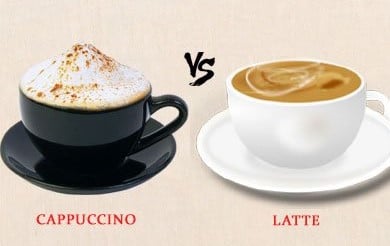
For more realization in different coffees, you can check out Americano and Mocha.
5. Is Cappuccino Healthier than any other Coffee?
Cappuccino is not healthier than any other coffee. All coffee is healthy and it does not differ in types. As a matter a fact, Cappuccino is in the same coffee category. All coffee does not diverge in benefits and healthiness. But, the only thing coffee distant from each other is the taste and its ability to make the user stay awake.
From my perspective, Cappuccino is one of the most unique drinks due to the fact that Cappuccino steamed milk can be designed aesthetically and also taste great. With the modern world evolving, coffee will definitely evolve as well. Cappuccino as well as the other coffee will change into a coffee with much more distant and amazing taste.
Overall, Cappuccino is one of the most well known coffee due to its uniqueness in taste and design. Despite having similar traits to Latte, Cappuccino is still far more popular than Latte. Simply because of its taste and also its ability to be able to decorate for a more ascetic look. Cappuccino can be found selling for an expensive price in 3 countries such as Dubai, Hong Kong, and France. They can still be made from home with just the right equipment and following 3 important and easy steps such as preparing the coffee, preparing the steamed milk, and then pouring it in. With that being said, enjoy your Cappuccino.
References:
